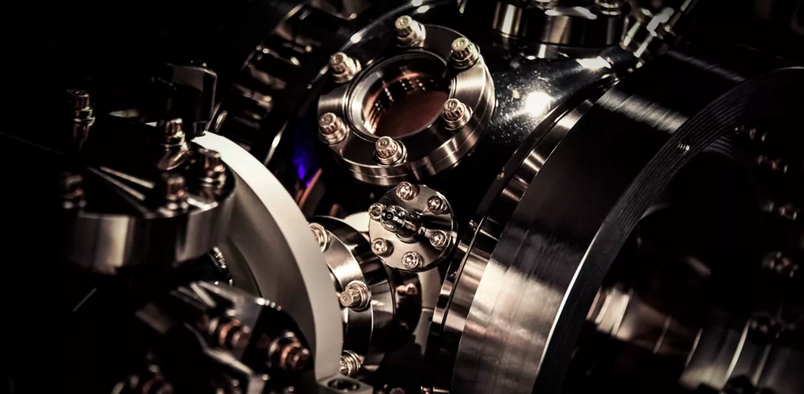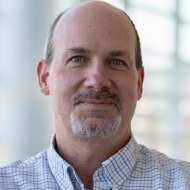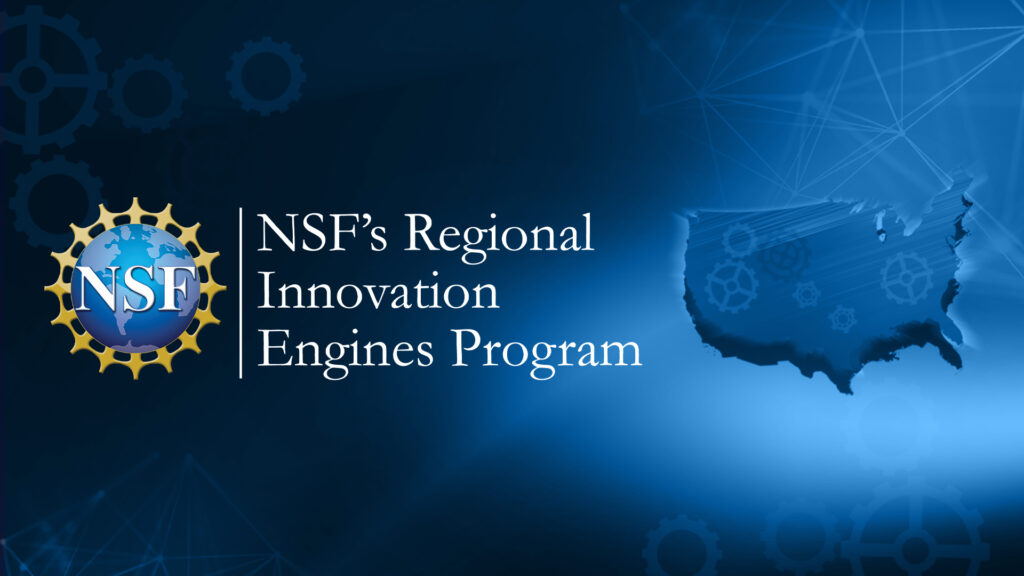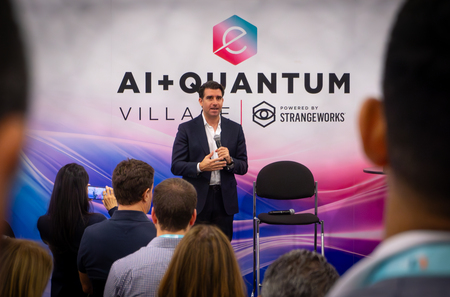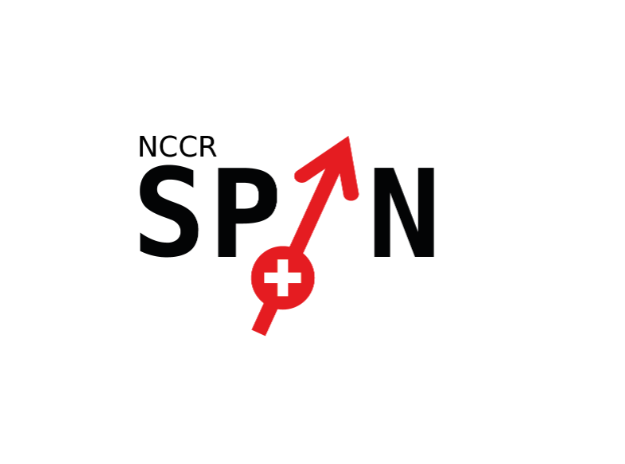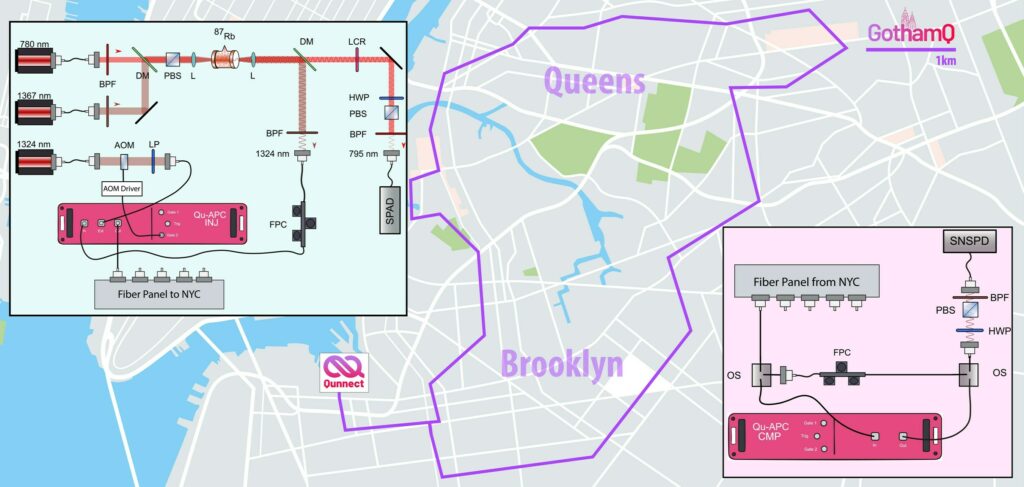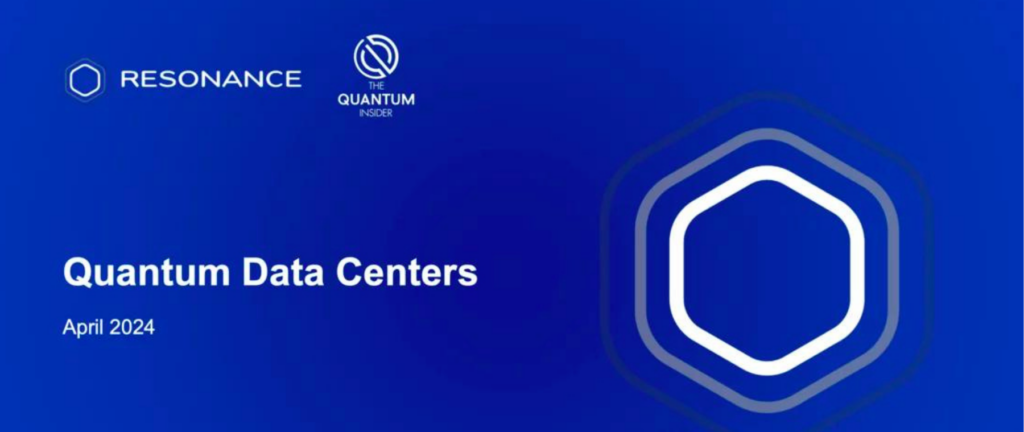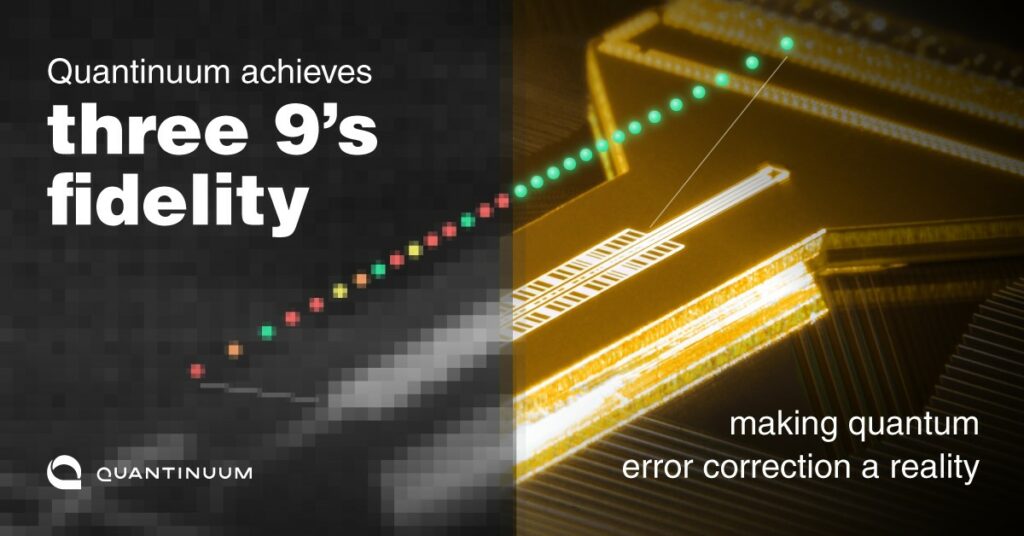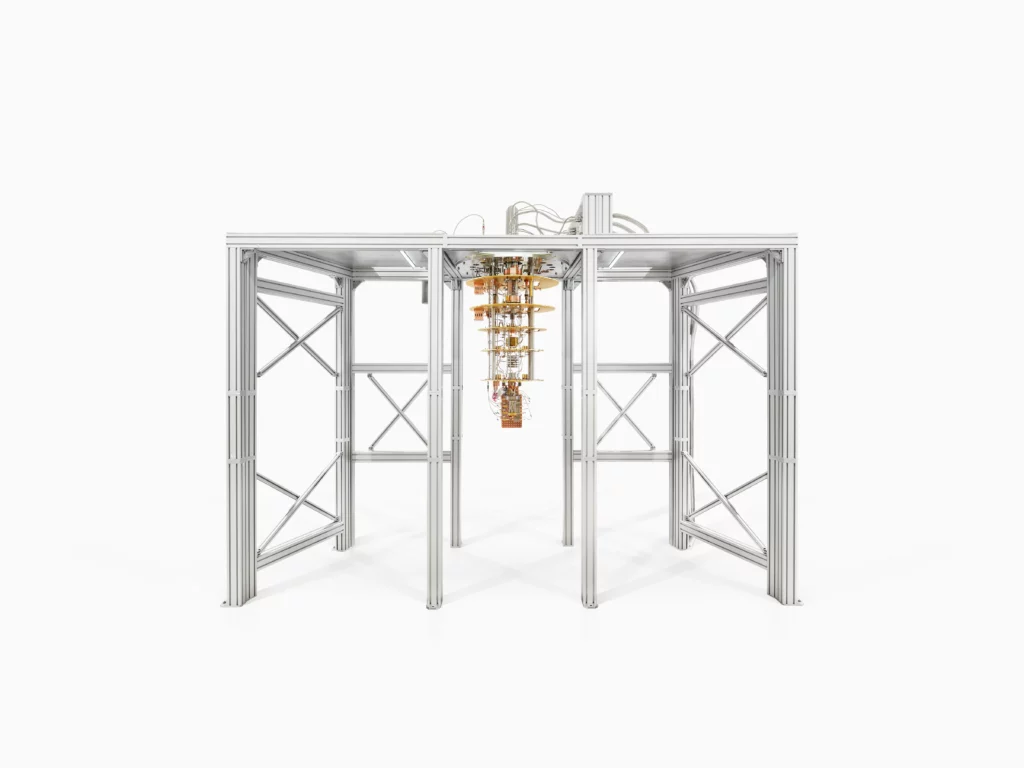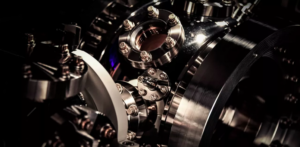
A team of Honeywell Quantum Solutions say they were able to perform quantum error-correction in real time, which they add is a significant step toward demonstrating the viability of large-scale quantum computing on trapped-ion quantum computing technology.
The quantum error correction (QEC) protocols are necessary to detect and correct errors in real time on a quantum computer, the team writes in a company statement. Currently, most quantum error correction methods involve correcting errors or “noise” after the procedure has finished running, a technique known as post-processing.
Because quantum computers are extremely sensitive devices, small changes in the environment — from heat to cosmic rays — can affect their calculations and produce errors. Correcting these errors in real time is a major step forward, according to Tony Uttley, president of Honeywell Quantum Solutions.
“All of today’s quantum technologies are at an early stage where they must combat errors that accumulate during computations,” said Uttley. “What the Honeywell team accomplished is groundbreaking. It proves what was once only theoretical, that quantum computers will be able to correct errors in real time, paving the way for precise quantum computations.”
The team published their results this week on arXiv. In the paper, the researchers described how they created a single logical qubit (a series of entangled physical qubits) and applied multiple rounds of quantum error correction. This logical qubit is protected from two main types of errors that occur in a quantum computer: bit flips and phase flips.
This ability to “protect” quantum information — prevent a quantum computation from being quickly corrupted by imperfections and noise — was demonstrated on the System Model H1.
According to HQS, teams have looked at codes that only are capable of correcting a single type of error (bit or phase but not both). Others have looked at quantum error detecting codes, which can detect both types of errors but not correct them. Further still, groups have demonstrated pieces of the quantum error correcting process.
Logical Qubits
Rather than making a perfect quantum computer with no noise, error correction was developed as a way of dealing with noise in quantum computing. In the past, scientists, including Peter Shor, Robert Calberbank, and Andrew Steane, found that storing information in a collection of entangled qubits could help detect and correct errors without disrupting quantum information. These entangled qubits are typically called logical qubits.
What’s next
It’s a big step — but more work remains, according to HQS. Because creating logical qubits and applying quantum error correction codes also can ironically add inoise into a system, researchers are now working to cross the break-even point at which the logical error rate is less than the physical error rate.
“In the technical paper, we point to key improvements we need to make to reach the break-even point,” said Dr. Ciaran Ryan-Anderson, an advanced physicist and lead author of the paper. “We believe these improvements are feasible and are pushing to accomplish this next step.”
After that, researchers will work to make multiple logical qubits, which typically requires better fidelities, more physical qubits and better connectivity between qubits. In other words, it’s much trickier.
But the ultimate goal is to create a new era of fault-tolerant quantum computers that can continue to function even when some operations fail, HQS team writes.
“The big, enterprise-level problems we want to solve with quantum computers require precision and we need error-corrected logical qubits to scale successfully,” Uttley said.
Recently, HQS and Cambridge Quantum announced a joint venture that would merge the company’s quantum efforts. The move will create the largest quantum company in the world, the companies report.


